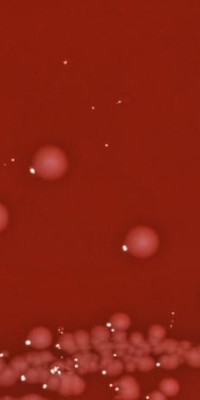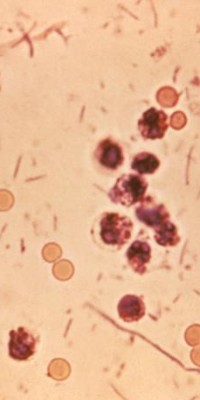Shigella dysenteriae is a species of the rod-shaped bacterial genus Shigella . S. dysenteriae is found worldwide but concentrates in areas where the population suffer from overcrowding and malnutrition and do not possess adequate waste management and safe drinking water supplies. S. dysenteriae most commonly found in contaminated food and water and generally does not survive well outside the human body.
Transmission:
S. dysenteriae is spread by contaminated water and food. Contamination is often caused by bacteria on unwashed hands during food preparation, or soiled hands reaching the mouth. Similarly, touching surfaces contaminated with germs from stool from a sick person, such as toys, bathroom fixtures, changing tables or diaper pails is another common avenue for infection.
Symptoms:
Infection with S. dysenteriae is typified by severe gastrointestinal stress. The most commonly observed signs associated with Shigella dysentery include:
- Diarrhea
- Cramping
- Abdominal pain
- Malnutrition
- Rectal prolapse
- Tenesmus
- Reactive arthritis
- Anemia



